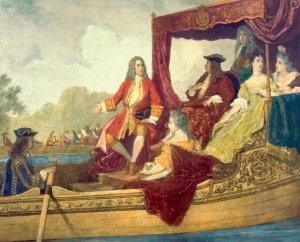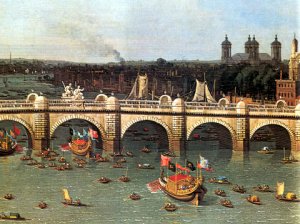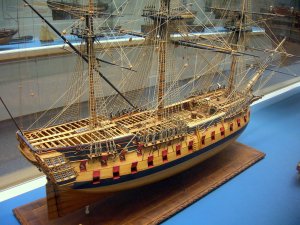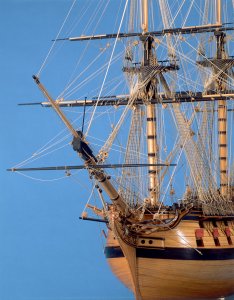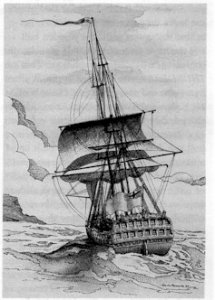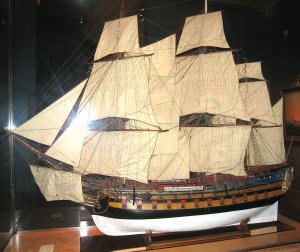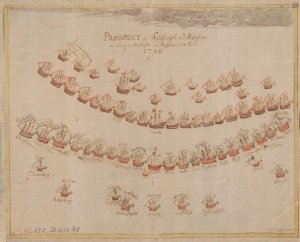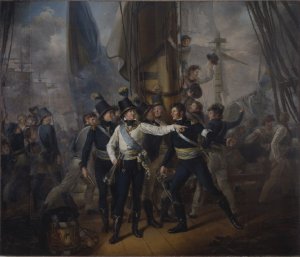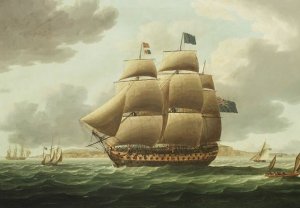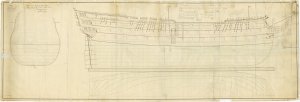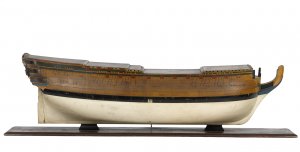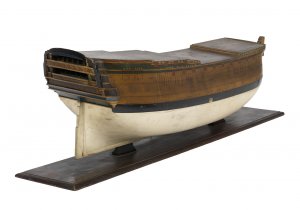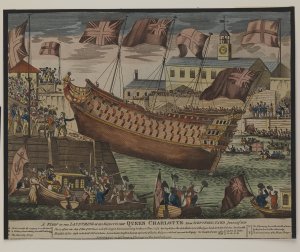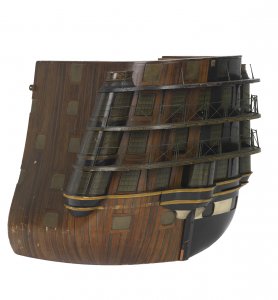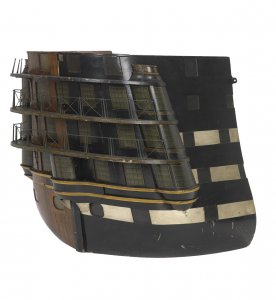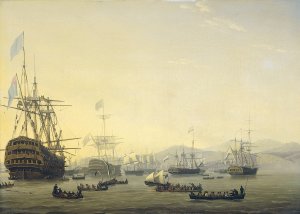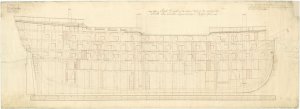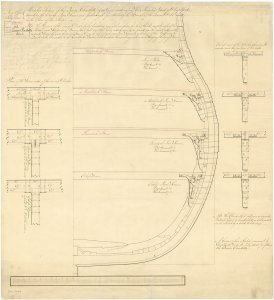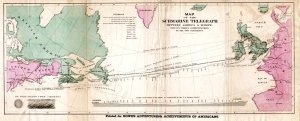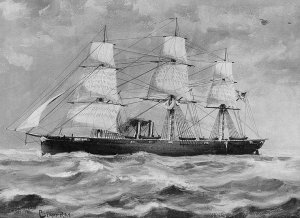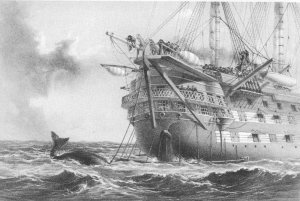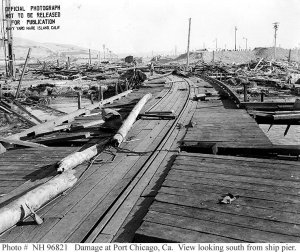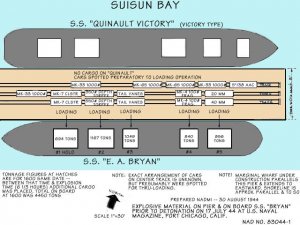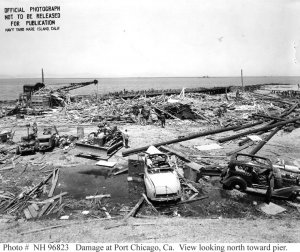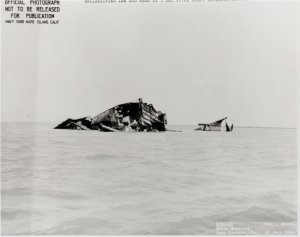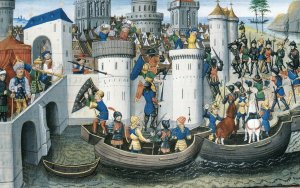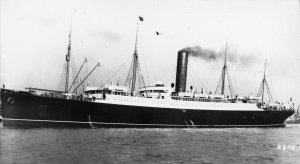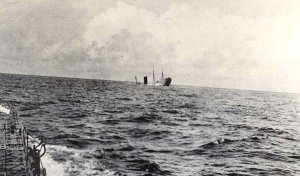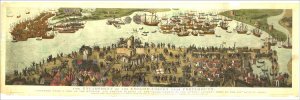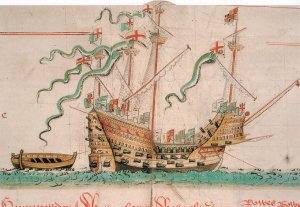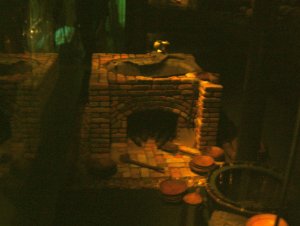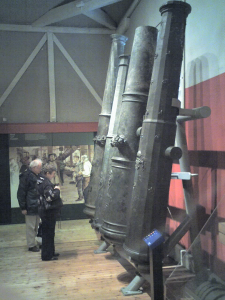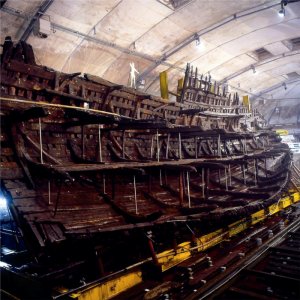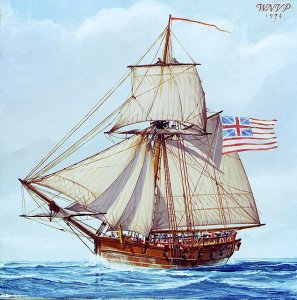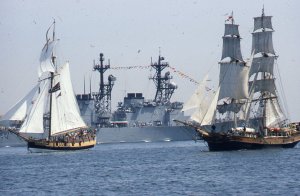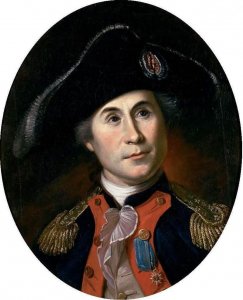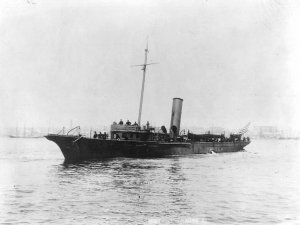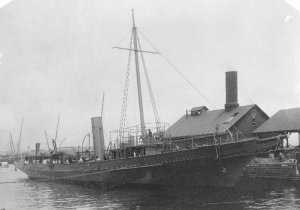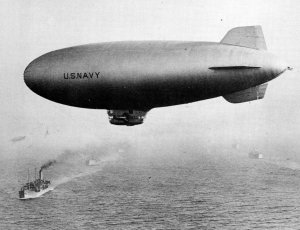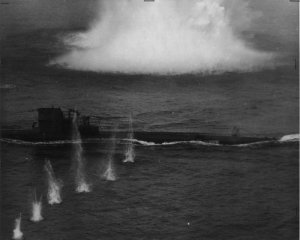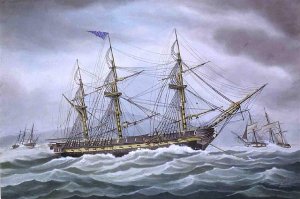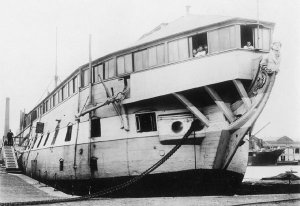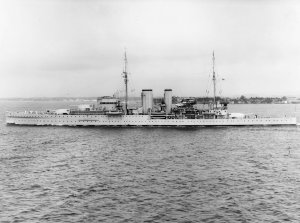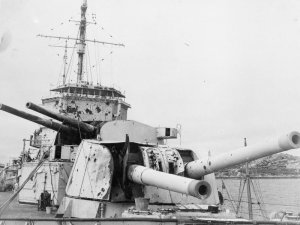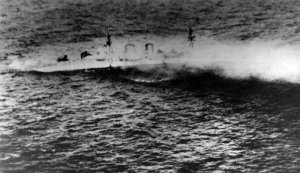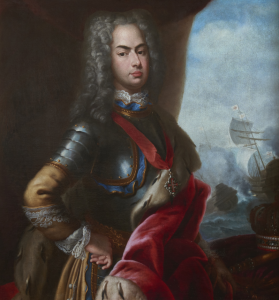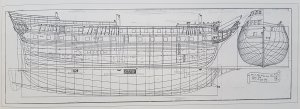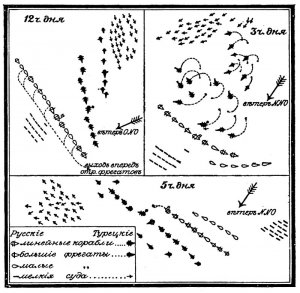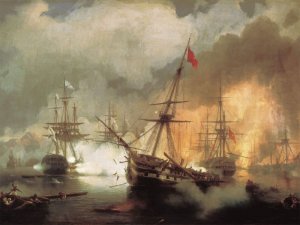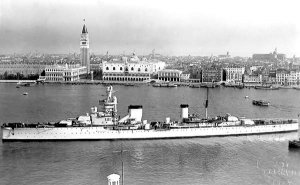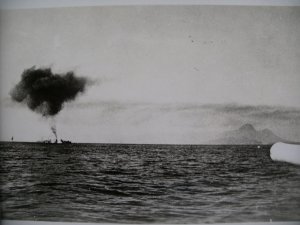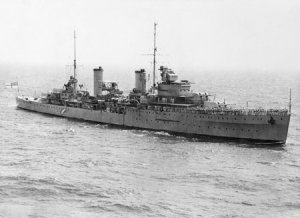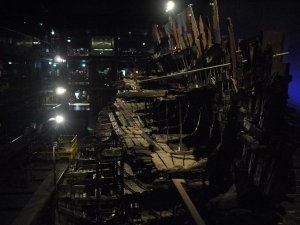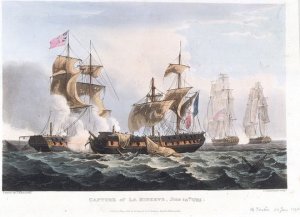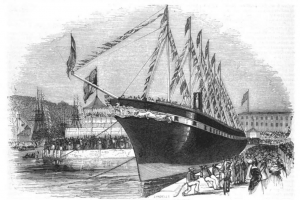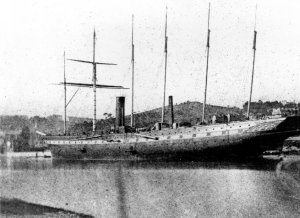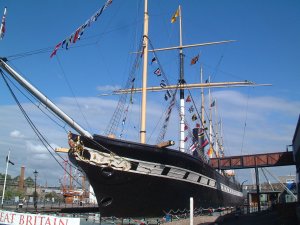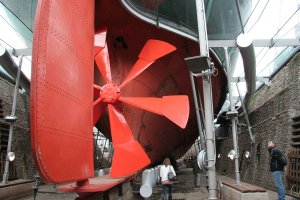19 July 1588 - The Spanish Armada is sighted in the English Channel. First day of the planned invasion of England by the spanish.
The
Spanish Armada (Spanish:
Grande y Felicísima Armada, literally "Great and Most Fortunate Navy") was a
Spanish fleet of 130 ships that sailed from
A Coruña in late May 1588, under the command of the
Duke of Medina Sidonia, with the purpose of escorting an army from
Flanders to invade
England. The strategic aim was to overthrow
Queen Elizabeth I and her
establishment of Protestantism in England, with the expectation that this would put a stop to English interference in the
Spanish Netherlands and to the harm caused to Spanish interests by English and Dutch
privateering.
The Armada chose not to attack the English fleet at
Plymouth, then failed to establish a temporary anchorage in the
Solent, after one Spanish ship had been captured by
Francis Drake in the
English Channel. The Armada finally dropped anchor off
Calais. While awaiting communications from the
Duke of Parma's army, the Armada was scattered by an English
fireship attack. In the ensuing Battle of Gravelines the Spanish fleet was damaged and forced to abandon its rendezvous with Parma's army, who were blockaded in harbour by Dutch
flyboats. The Armada managed to regroup and, driven by southwest winds, withdrew north, with the English fleet harrying it up the east coast of England. The commander ordered a return to Spain, but the Armada was disrupted during severe storms in the North Atlantic and a large number of the vessels were wrecked on the coasts of Scotland and Ireland. Of the initial 130 ships over a third failed to return. As Martin and Parker explain, "
Philip II attempted to invade England, but his plans miscarried, partly because of his own mismanagement, unfortunate weather, and partly because the opportunistic defensive naval efforts of the English and their Dutch allies (the use of ships set afire and sailed into the anchored Armada to create panic) prevailed."
The expedition was the largest engagement of the
undeclared Anglo-Spanish War (1585–1604). The following year, England organised a similar large-scale campaign against Spain, the
Drake–Norris Expedition or "counter-Armada of 1589", which was also unsuccessful.
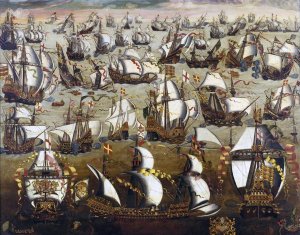
English ships and the Spanish Armada, August 1588
Planned invasion of England
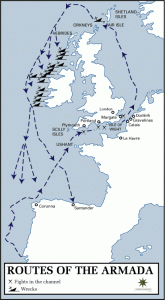
Route taken by the Spanish Armada
Prior to the undertaking,
Pope Sixtus V allowed
Philip II of Spain to collect
crusade taxes and granted his men
indulgences. The blessing of the Armada's banner on 25 April 1588, was similar to the ceremony used prior to the
Battle of Lepanto in 1571. On 28 May 1588, the Armada set sail from
Lisbon and headed for the English Channel. The fleet was composed of 130 ships, 8,000 sailors and 18,000 soldiers, and bore 1,500 brass guns and 1,000 iron guns. The full body of the fleet took two days to leave port. It included twenty eight purpose-built warships, of which twenty were
galleons, four
galleys and four (Neapolitan)
galleasses. The remainder of the heavy vessels were mostly armed
carracks and
hulks together with thirty-four light ships.
In the Spanish Netherlands, 30,000 soldiers
[36] awaited the arrival of the Armada, the plan being to use the cover of the warships to convey the army on barges to a place near London. All told, 55,000 men were to have been mustered, a huge army for that time. On the day the Armada set sail, Elizabeth's ambassador in the Netherlands,
Valentine Dale, met Parma's representatives in peace negotiations. The English made a vain effort to intercept the Armada in the
Bay of Biscay. On 6 July negotiations were abandoned, and the English fleet stood prepared, if ill-supplied, at
Plymouth, awaiting news of Spanish movements. The English fleet outnumbered the Spanish, 200 ships to 130, while the Spanish fleet outgunned the English – its available firepower was 50% more than that of the English. The English fleet consisted of the 34 ships of the Royal Fleet (21 of which were galleons of 200 to 400 tons) and 163 other ships (30 of which were of 200 to 400 tons and carried up to 42 guns each), 12 of these were
privateers owned by
Lord Howard of Effingham,
Sir John Hawkins and
Sir Francis Drake.
The Armada was delayed by bad weather. Storms in the
Bay of Biscay forced four galleys and one galleon to turn back, and other ships had to put in for repairs, so only about 123 or 124 ships actually made it to the English Channel. Nearly half the fleet were not built as warships and were used for duties such as scouting and dispatch work, or for carrying supplies, animals, and troops.
The fleet was not sighted in England until 19 July, when it appeared off
The Lizard in
Cornwall. The news was conveyed to London by a system of
beacons that had been constructed all the way along the south coast. On that evening, the English fleet was trapped in Plymouth Harbour by the incoming tide. The Spanish convened a
council of war, where it was proposed to ride into the harbour on the tide and incapacitate the defending ships at anchor and from there to attack England; but Medina Sidonia declined to act because this had been explicitly forbidden by Philip, and decided to sail on to the east and towards the
Isle of Wight. As the tide turned, 55 English ships set out to confront them from Plymouth under the command of Lord Howard of Effingham, with Sir Francis Drake as
Vice Admiral. Howard ceded some control to Drake, given his experience in battle. The
rear admiral was Sir John Hawkins.
First actions (1588)
On 20 July, the English fleet was off
Eddystone Rocks, with the Armada upwind to the west. That night, in order to execute their attack, the English tacked upwind of the Armada, thus gaining the
weather gage, a significant advantage. At daybreak on 21 July the English fleet engaged the Armada off Plymouth near the Eddystone rocks. The Armada was in a crescent-shaped defensive formation, convex towards the east. The galleons and great ships were concentrated in the centre and at the tips of the crescent's horns, giving cover to the transports and supply ships in between. Opposing them the English were in two sections, Drake to the north in
Revenge with 11 ships, and Howard to the south in
Ark Royal with the bulk of the fleet.
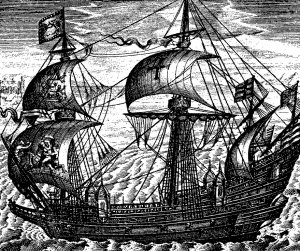 The Ark Royal (1587), by Claes Janszoon Visscher (Claes Jansz Visscher), (1587-1652)
The Ark Royal (1587), by Claes Janszoon Visscher (Claes Jansz Visscher), (1587-1652)
The galleon 'Ark Raleigh' was built at Deptford for Sir Walter Raleigh in 1587. The following year she was commissioned into the Royal Navy and re-named the 'Ark Royal'. She was the Lord High Admiral's flagship against the Spanish Armada in 1588. The vessel was 100 feet long on the keel, had a beam of 37 feet and carried 44 guns. Source: National Maritime Museum, London
Given the Spanish advantage in close-quarter fighting, the English ships used their superior speed and manoeuvrability to keep beyond grappling range and bombarded the Spanish ships from a distance with cannon fire. The distance was too great for this to be effective, however, and at the end of the first day's fighting neither fleet had lost a ship in action, although the Spanish carrack
Rosario and galleon
San Salvador were abandoned after they collided. When night fell, Francis Drake turned his ship back to loot the abandoned Spanish ships, capturing supplies of much-needed
gunpowder, and gold. However, Drake had been guiding the English fleet by means of a lantern. As a result of him snuffing out the lantern to slip away from the Spanish ships, the rest of his fleet became scattered and was in complete disarray by dawn. It took an entire day for the English fleet to regroup and the Armada gained a day's grace. The English ships again used their superior speed and manoeuvrability to catch up with the Spanish fleet after a day of sailing.
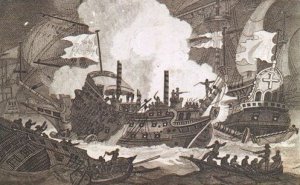 "Sir Richard Grenville's Gallant Defence of the
"Sir Richard Grenville's Gallant Defence of the Revenge", print from 1804
The English fleet and the Armada engaged once more on 23 July, off
Portland. This time a change of wind gave the Spanish the weather-gage, and they sought to close with the English, but were foiled by the smaller ships' greater manoeuvrability. At one point Howard formed his ships into a
line of battle, to attack at close range bringing all his guns to bear, but this was not followed through and little was achieved.
If the Armada could create a temporary base in the protected waters of the
Solent (a strait separating the Isle of Wight from the English mainland), they could wait there for word from Parma's army. However, in a full-scale attack, the English fleet broke into four groups –
Martin Frobisher of
Aid now also being given command over a squadron – with Drake coming in with a large force from the south. At the critical moment Medina Sidonia sent reinforcements south and ordered the Armada back to open sea to avoid
The Owers shoals. There were no other secure harbours further east along England's south coast, so the Armada was compelled to make for
Calais, without being able to wait for word of Parma's army.
On 27 July, the Armada anchored off Calais in a tightly-packed defensive crescent formation, not far from
Dunkirk, where Parma's army, reduced by disease to 16,000, was expected to be waiting, ready to join the fleet in barges sent from ports along the
Flemish coast. Communication had proven to be far more difficult than anticipated, and it only now became known that this army had yet to be equipped with sufficient transport or assembled in the port, a process which would take at least six days, while Medina Sidonia waited at anchor; and that Dunkirk was
blockaded by a Dutch fleet of thirty
flyboats under Lieutenant-Admiral
Justinus of Nassau. Parma wanted the Armada to send its light
patachesto drive away the Dutch, but Medina Sidonia could not do this because he feared that he might need these ships for his own protection. There was no deep-water port where the fleet might shelter – always acknowledged as a major difficulty for the expedition – and the Spanish found themselves vulnerable as night drew on.
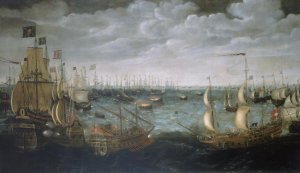
English fireships are launched at the Spanish armada off Calais
The Dutch flyboats mainly operated in the shallow waters off Zeeland and
Flanders that larger warships with a deeper draught, like the Spanish and English galleons, could not safely enter. The Dutch therefore enjoyed an unchallenged naval advantage in these waters, even though their navy was inferior in naval armament. An essential element of the plan of invasion, as it was eventually implemented, was the transportation of a large part of Parma's Army of Flanders as the main invasion force in unarmed barges across the English Channel. These barges would be protected by the large ships of the Armada. However, to get to the Armada, they would have to cross the zone dominated by the Dutch navy, where the Armada could not go. This problem seems to have been overlooked by the Spanish planners, but it was insurmountable. Because of this obstacle, England never was in any real danger, at least from the Duke of Parma and the
Army of Flanders. Because of the eventual English victory at sea, the Army of Flanders escaped the drowning death Justinus and his men had in mind for them, ready to fight another day.
At midnight on 28 July, the English set alight eight
fireships, sacrificing regular warships by filling them with
pitch,
brimstone, some gunpowder and
tar, and cast them downwind among the closely anchored vessels of the Armada. The Spanish feared that these uncommonly large fireships were "
hellburners", specialised fireships filled with large gunpowder charges, which had been used to deadly effect at the
Siege of Antwerp. Two were intercepted and towed away, but the remainder bore down on the fleet. Medina Sidonia's
flagship and the principal warships held their positions, but the rest of the fleet cut their anchor cables and scattered in confusion. No Spanish ships were burnt, but the crescent formation had been broken, and the fleet now found itself too far to
leeward of Calais in the rising southwesterly wind to recover its position. The English closed in for battle. The
Battle of Gravelines started ........
Summary of Armada Make Up
- Total Number of Ships Mustered at Corunna = 130
- Total tons of Shipping at Muster = 58,705
- Total people on ships, soldiers & sailors = 25,826 people
- Total number of Guns = 2,477
- Total Number of Ships Lost/Burned/Missing = 68
- Total Number that Failed to Start = 5
https://en.wikipedia.org/wiki/Spanish_Armada#Battle_of_Gravelines
https://en.wikipedia.org/wiki/English_ship_Ark_Royal_(1587)
https://en.wikipedia.org/wiki/Francis_Drake
https://en.wikipedia.org/wiki/List_of_ships_of_the_Spanish_Armada
